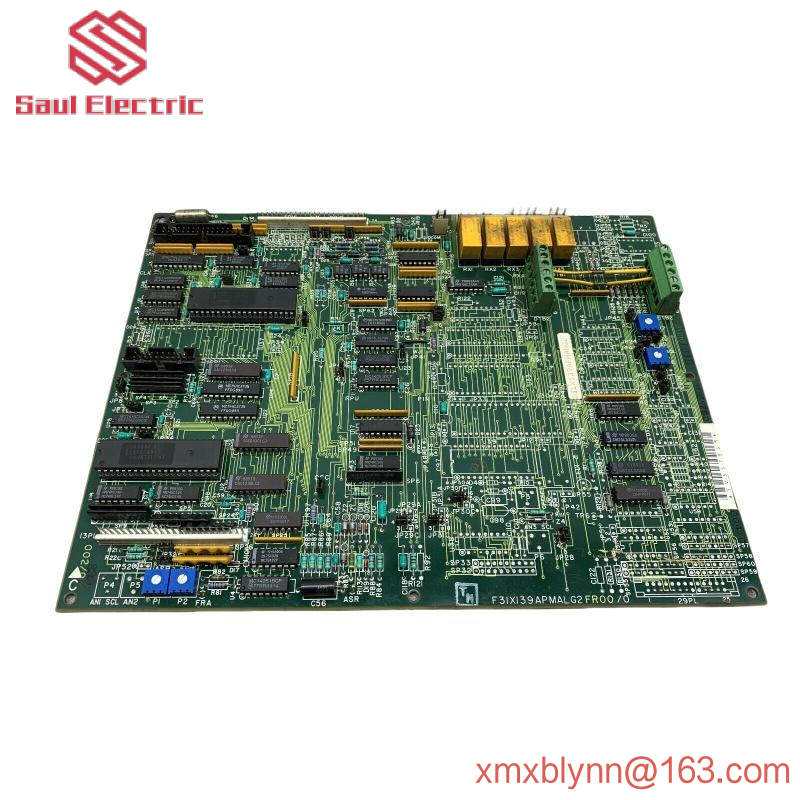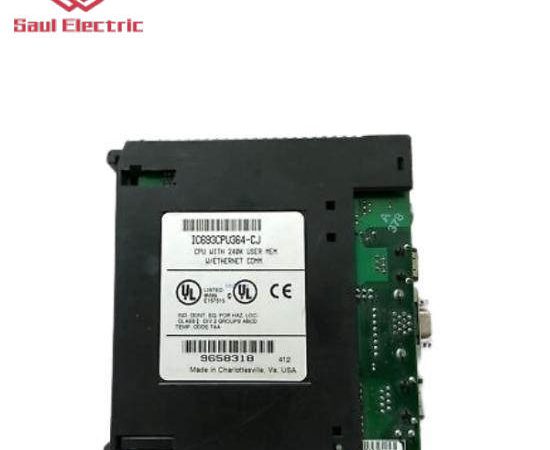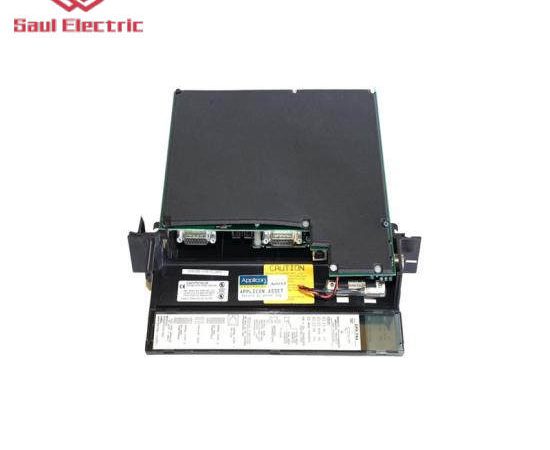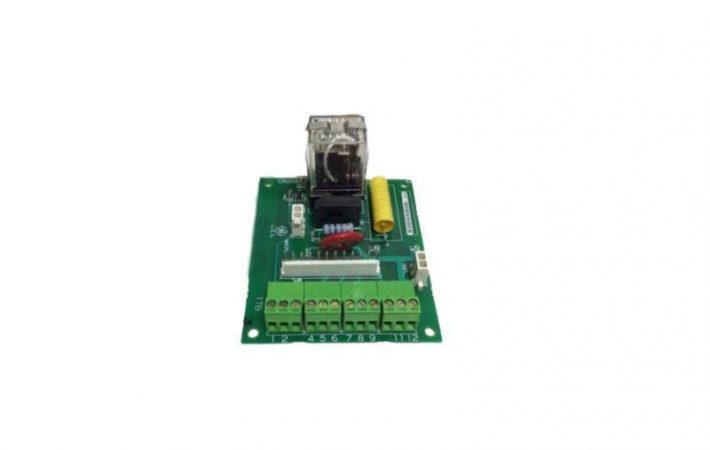DS200CTBAG1ADD is a terminal board designed for use in GE Mark V Speedtronic systems. The Speedtronic family was created by General Electric to control large and small gas and steam turbine systems. MKV can be designed as a simplex or TMR/ triple modular redundant architecture to meet the needs of connected turbine systems. These boards are no longer manufactured and distributed by GE, but can be purchased as fully tested and refurbished models through AX Control. The Mark V turbine control system family to which the DS200CTBAG1ADD printed circuit board belongs is considered a legacy product family, as it was discontinued many years after its initial release. This DS200CTBAG1ADD printed circuit board, or PCB for short, is not an original product of the intended functionality of its particular Mark V series; This will be the DS200CTBAG1 Analog Termination Module missing all three significant product versions of the DS200CTBAG1ADD device.

Hardware tips and specifications
The DS200CTBAG1ADD is a long, narrow circuit board with only a few types of components. It drilled holes in every corner and long side to allow for the installation of hardware and other connections. Two of the holes are surrounded by conductive material. The voltage regulation in the assembly of this DS200CTBAG1ADD printed circuit board product is mainly handled by its standardized Mark V series voltage limiting hardware components; The common Mark V series assembly of this DS200CTBAG1ADD PCB is clearly specialized with several red coated diodes. The board is marked with an identification code, including a board ID number and a company logo. DS200CTBAG1ADD is an analog terminal module. It is usually located within the <R5> kernel. The board has multiple connectors, including two COREBUS connectors (JAI and JAJ). The DS200CTBAG1ADD has two double stack terminal strips located on the edge of a long board with multiple connectors on each terminal board. There are five vertical pin cable connectors, two vertical pin holder connectors, and a 9-pin male serial connector. Fortunately, for this DS200CTBAG1ADD personalized product page, the various connectors for this DS200CTBAG1ADD PCB are described in detail in the available instruction manual material for this DS200CTBAG1ADD device. Each of these connectors comes with its own factory-printed naming label. Some of the connectors for DS200CTBAG1ADD PCB include:
8PL STCA board IONET connector
JAA TCCA board 4-20 mA output signal connector
JAI COREBUS connectors
JAJ COREBUS connector
JBB TCCA board 4-20 mA input and shaft voltage/current signal connectors
JEE STCA board COREBUS signal connector
JPC TCPD Board 24 V DC power signal connector
JX TCDA board IONET signal connector
6PL connector
All of the above connectors in the DS200CTBAG1ADD terminal module assembly have been named by their separate factory-printed naming labels, specific Mark V Series compatible products and interface opportunities, and a combination of specific Mark V turbine control system family applications and functions. The 6PL connector in this DS200CTBAG1ADD PCB assembly has not yet been named, as it exists in the form of a pouch structure that is not normally used during the specification function of this DS200CTBAG1ADD device. Other components on the DS200CTBAG1ADD include a resistor network array, relays, transistors, more than two dozen metal oxide varistors (MOV), more than a dozen jumper switches, and many capacitors and resistors. For more information, see GE’s original technical support offering.
Frequently asked questions about DS200CTBAG1ADD
Are the two seemingly identical Class D product versions of this DS200CTBAG1ADD PCB considered backward compatible?
Nooooo. Only the first two product versions of this DS200CTBAG1ADD PCB can be considered backward compatible as they have the same functional style as the Mark V series product versions.
Where exactly is this DS200CTBAG1ADD PCB manufactured?
The DS200CTBAG1ADD terminal module is manufactured at GE’s plant in Salem, Virginia.




Leave a comment
Your email address will not be published. Required fields are marked *